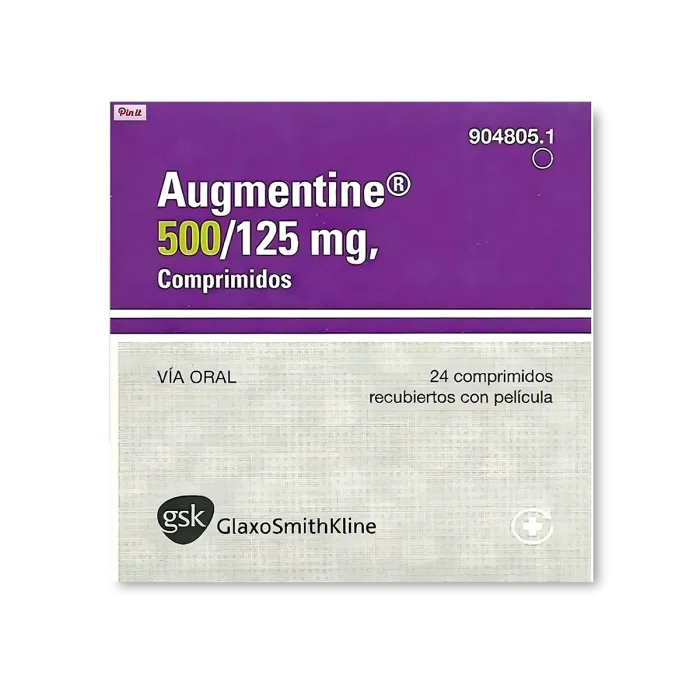Pelvic Inflammatory Disease (PID) is a bacterial infection that is most common in women aged 15–25. It affects the female reproductive system.
The two common infections that cause PID are Gonorrhea and Chlamydia.
Over 1 million American women have PID annually, and 100,000 become infertile due to it.
Most people get PID via unprotected sex because men can be potential carriers of this infection.
Some common symptoms include pain in the pelvis, vaginal discharge, etc.
This article will discuss Pelvic Inflammatory Disease symptoms, diagnosis, and treatment options.
Pelvic Inflammatory Disease
Pelvic Inflammatory Disease (PID) is an infection that affects one or more higher reproductive organs, such as the uterus, fallopian tubes, and ovaries.
Symptoms of PID include stomach pain, lower abdominal pain, and vaginal discharge.
Untreated PID symptoms can cause scar tissue and pockets of infected fluid (abscesses) to form in the reproductive tract, causing permanent damage.
As a result, you might have trouble getting pregnant or develop chronic pelvic pain.
Save up to 90% on your medicine bills

Augmentin 500/125 Mg

Azax 500 Mg

Cephadex 500 Mg

Norflox 200 Mg
Pelvic Inflammatory Disease Symptoms
 Source: Leung_Cho_Pan
Source: Leung_Cho_PanThe signs and symptoms of PID might be mild and difficult to recognize.
But when symptoms of Pelvic Inflammatory Disease are present, they most often include:
- Pain in the pelvis, along with the lower abdomen that ranges from mild to severe
- Unusual or heavy vaginal discharge that might have an unpleasant smell
- Unusual vaginal bleeding, especially during or after sex or between periods
- Pain during sex
- Fever, sometimes with chills
- Painful, frequent, or difficult urination
Since the signs and symptoms of PID might be mild, it’s important to have regular health checks.
If you are sexually active, then it is important to get tested for STIs at least once a year.
Diagnosis and Tests for Pelvic Inflammatory Disease
There is no single test to diagnose PID, but the sooner you get treatment, the better your chances of success.
Usually, your doctor can diagnose PID through
- Your medical history, sexual activity, and symptoms
- A pelvic exam to examine the reproductive organs and look for tenderness or abscesses
- A vaginal culture and ultrasound to test for certain bacteria and clearer images of the reproductive system
- A blood and urine test to eliminate the chances of Urinary Tract Infections or Sexually Transmitted Infections (STIs)
Sometimes, your doctor may recommend Endometrial biopsy and Laparoscopy to look more closely at your reproductive organs.
To learn about tests to diagnose PID, Read ‘Understanding: How is PID Diagnosed’
PID Symptoms Treatment
 Source: doucefleur's_Images
Source: doucefleur's_ImagesUsually, PID symptoms treatment includes antibiotics that help avoid complications such as infertility.
Your provider will prescribe antibiotics that come in several different forms.
Despite taking antibiotics, some people develop symptoms.
Such individuals may need to go to the hospital for IV antibiotics.
Other conditions where medication through IV may be needed include:
- Pregnancy
- Severe infection
- Have an abscess in the ovary or fallopian tube
You shouldn’t have intercourse until the treatment of PID is finished.
Use condoms every time to prevent infections once you have intercourse again.
To learn more about antibiotics that treat PID, Read ‘What Antibiotics Treat Pelvic Inflammatory Disease: Revealed’.
Conclusion
Understanding and recognizing Pelvic Inflammatory Disease symptoms is important for women’s reproductive health.
PID, prevalent among young women, can lead to infertility and chronic pelvic pain.
With over a million cases reported annually in the United States, early detection is essential.
Regular health checks and STI screenings for sexually active individuals are essential preventive measures.
Diagnosis involves an all-around approach, including medical history, pelvic exams, and various tests.
Timely treatment with antibiotics is required to prevent complications.
Patients should follow treatment plans and avoid sexual activity to prevent recurrence and transmission.

Frequently Asked Questions
How long does it take to experience PID symptoms?
If Gonorrhea or Chlamydia is the cause, PID symptoms can develop in a matter of days or weeks. If you get PID from something else, developing the symptoms could take months. u003ca href=u0022https://www.cheapmedicineshop.com/women-s-health.htmlu0022u003eBuy Nowu003c/au003e
Is surgery needed for Pelvic Inflammatory Disease (PID)?
Surgery is rare for PID, but it can help in some cases. Talk to your doctor about surgery if you experience symptoms or have an abscess after taking antibiotics. u003ca href=u0022https://www.cheapmedicineshop.com/women-s-health.htmlu0022u003eBuy Nowu003c/au003e
How does Pelvic Inflammatory Disease affect fertility?
Bacteria from PID can cause scarring on the fallopian tubes. This makes it more difficult for an egg to pass from your ovary to your fallopian tube and then down to your uterus. u003cbru003eIf an egg cannot pass through the fallopian tube, sperm cannot fertilize it, affecting fertility. u003ca href=u0022https://www.cheapmedicineshop.com/women-s-health.htmlu0022u003eBuy Nowu003c/au003e
Can I develop Pelvic Inflammatory Disease without having an STD?
Yes, it is possible to get PID when bacteria that normally live in your vagina move up into your reproductive organs. However, this is frequently not the case. u003ca href=u0022https://www.cheapmedicineshop.com/women-s-health.htmlu0022u003eBuy Nowu003c/au003e
Can women who have sex with women have PID?
Yes, you can develop PID if you are a woman who only has sex with other women. This is because PID-causing bacteria can live on a vagina, penis, or any object placed in your vagina. u003ca href=u0022https://www.cheapmedicineshop.com/women-s-health.htmlu0022u003eu003ca href=u0022https://www.cheapmedicineshop.com/women-s-health.htmlu0022u003eBuy Nowu003c/au003eu003c/au003e
Cheap Medicine Shop only refers to credible, authoritative sources for our content. If you’re curious about how we ensure the integrity of our content, we encourage you to read our Content Information Policy.














